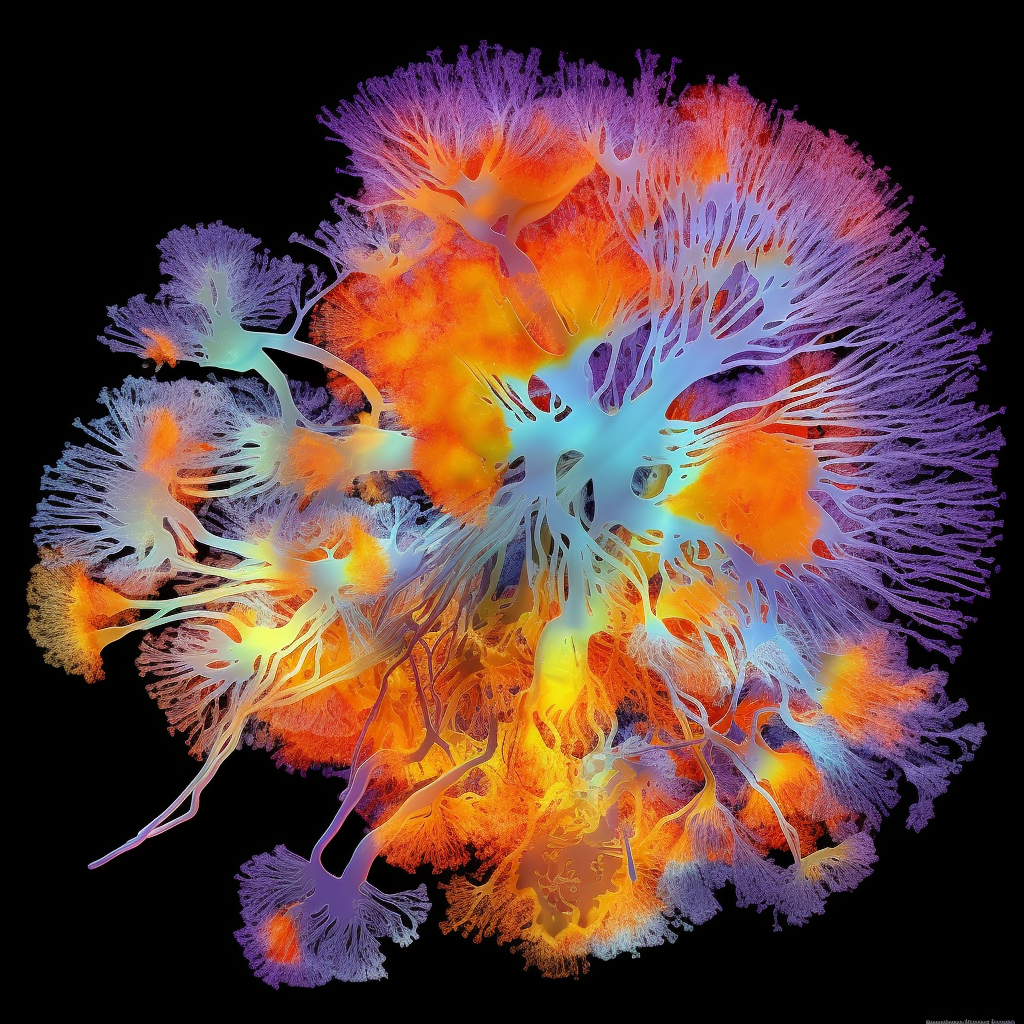Unveil the emerging field of dream manipulation and intervention, exploring techniques, technologies, and therapeutic applications. Delve into dream modulation through external stimuli and cognitive practices, as well as technologies like neurofeedback and virtual reality. Explore the potential benefits in nightmare treatment, creativity enhancement, and emotional processing through dream-based interventions.
Dream Manipulation and Intervention: Exploring Techniques, Technologies, and Therapeutic Applications
Dreams have captivated human curiosity for centuries, and recent advancements have opened up possibilities for intentional manipulation and intervention within the dream realm. This comprehensive article delves into the emerging field of dream manipulation, exploring various techniques and technologies used to modulate dream content. We also investigate the potential therapeutic applications of dream-based interventions, ranging from nightmare treatment to creativity enhancement and emotional processing.
Techniques for Dream Manipulation
1. External Stimuli: Shaping Dreams from the Outside
External stimuli, such as light, sound, or other sensory inputs, can be utilized to influence dream content. We delve into the research surrounding techniques like targeted audio stimulation, light exposure, and aroma delivery during sleep. These approaches aim to induce specific dream themes, enhance dream recall, or even enable lucid dreaming, where the dreamer becomes aware of and can actively participate in the dream experience.
2. Cognitive Techniques: Shaping Dreams from Within
Cognitive techniques, including reality testing, visualization, and intention setting, are employed to manipulate dream content through mental processes. We explore how practices like reality checks, mnemonic induction of lucid dreams (MILD), and prospective memory training can promote lucidity in dreams, allowing individuals to exert control over the dream narrative. Additionally, we discuss the role of meditation and mindfulness in enhancing dream recall and promoting positive dream experiences.
Technologies for Dream Manipulation
1. Neurofeedback and Brain Stimulation: Directing Dreams through Neuroscience
Advancements in neurofeedback and brain stimulation technologies offer promising avenues for dream manipulation. We explore techniques like electroencephalography (EEG) and transcranial electrical stimulation (tES), which enable real-time monitoring and modulation of brain activity during sleep. By targeting specific neural patterns associated with different dream states, researchers aim to influence dream content and promote desired outcomes.
2. Virtual Reality and Augmented Reality: Immersive Dream Experiences
Virtual reality (VR) and augmented reality (AR) technologies provide immersive platforms for dream manipulation. We discuss how VR/AR simulations can be integrated with sleep stages to create personalized dream environments or facilitate lucid dreaming. These technologies offer exciting possibilities for therapeutic interventions, such as exposure therapy for nightmares or creative exploration in dream-like virtual worlds.
Therapeutic Applications of Dream-Based Interventions
1. Nightmare Treatment: Healing through Dream Rewriting
Nightmares can have a significant impact on mental health, and dream-based interventions hold promise for their treatment. We explore techniques like Nightmare Reprocessing and Rescripting Therapy (NRRT) and imagery rehearsal therapy (IRT), which involve actively engaging with and modifying nightmare content to reduce distress and promote resolution. Dream manipulation approaches offer a unique avenue for transforming nightmares into more positive or neutral dream experiences.
2. Creativity Enhancement: Tapping into Dream-Inspired Innovation
Dreams have long been associated with creative insights, and dream manipulation techniques can be harnessed to enhance creativity. We discuss how intentional dream incubation, where individuals focus on specific problems or creative challenges before sleep, can yield innovative solutions. Additionally, we explore how dream journaling and the exploration of dream symbols and metaphors can unlock the transformative power of dreams in the creative process.
3. Emotional Processing: Healing and Self-Discovery
Dream-based interventions have the potential to aid in emotional processing and self-discovery. We examine how dream manipulation techniques can be used to facilitate
emotional regulation, trauma processing, and self-reflection. By actively engaging with dream content and exploring its symbolic meaning, individuals can gain insights into their emotions, experiences, and personal growth.
Conclusion
The field of dream manipulation and intervention offers a fascinating frontier for understanding and harnessing the power of dreams intentionally. By exploring techniques ranging from external stimuli to cognitive practices and technologies like neurofeedback and virtual reality, researchers are unlocking new possibilities for dream modulation. Moreover, dream-based interventions hold promise in therapeutic applications, including nightmare treatment, creativity enhancement, and emotional processing. As this field continues to evolve, it paves the way for innovative approaches to explore the depths of the dream realm and harness its potential for personal growth and well-being.






